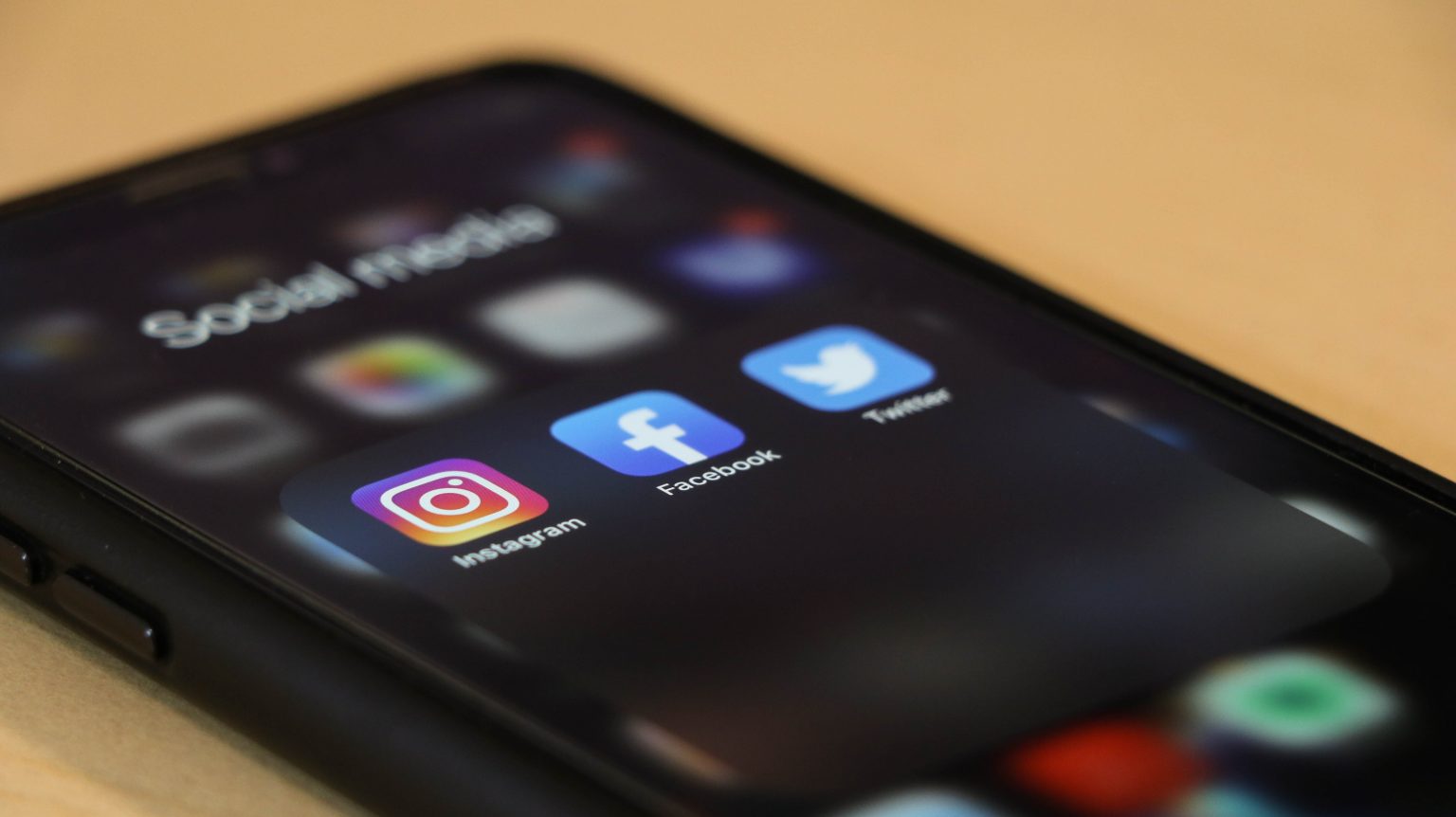A common criticism of virtual reality is that it is isolating. While VR will always separate you from the real world, it can and will bring people together to communicate, experience, and play in a truly memorable way. This is why Facebook sees VR as one of the world’s biggest social enablers.
After buying out Oculus in 2014, Facebook began to put a lot of emphasis on the communication possibilities of immersive content and platforms. This social push culminated in the launch of its own VR multi-user online platform called Spaces in April 2017. Spaces allows users to create fully customisable avatars based off their profile pictures, and interact with friends in a virtual online space. It also aims to bridge the gap between users who have VR capabilities and those who don’t, by allowing for cross-platform video calling, where your friends can view your personal VR world.
Until the beginning of August, the leader in virtual reality social media was AltSpaceVR; a platform allowing players to attend events like live concerts and comedy shows, play games, and meet people, all via virtual reality. Despite its position as an industry leader and VR social media pioneer, the platform initially closed down on August 3rd this year due to a lack of funding. However, through the enthusiasm of the community, and apparent investment from Oculus’ founder Palmer Luckey, AltSpaceVR has once again opened its doors. The market for social VR is there, and people are not only willing to embrace it but defend it.
Global platforms exist, but small user-bases hinder progression
The nascent Spaces and AltspaceVR aside, there are already multiple companies – mostly startups – pioneering social media VR. UK based social VR platform vTime is currently the most widely-available social VR platform on the market. Used in 195 countries, the free program is available on Samsung Gear VR, Oculus Rift, Google Cardboard, iPhone and Google Daydream. vTime recently introduced vMotes; a range of VR emojis which allow users to express themselves by having their avatars make a range of gestures, from waving and blowing kisses to hugs and happy dances.
Smaller social reality spaces are also entering the marketplace, showing just how
competitive the field is becoming. These include BeanVR, a Chinese company with a platform available in English, and RecRoom, a hugely popular online multiplayer platform which focuses on playing games with other users from all around the world.
While many of these startups have created some exciting VR platforms with dedicated user-bases, they could ultimately find it difficult to compete with the monolithic Facebook. Could the social media giant’s “if you can’t buy ‘em, copy ‘em” philosophy, as evidenced by its takeover of Instagram and its cloning of Snapchat, stifle innovation within the industry?
However, all of these companies – Facebook included – may have bigger problems on the horizon; they need to get people to both view VR as a viable way to use social media and ultimately use it. Although all these platforms are available globally, their user-bases are small in comparison to traditional social media websites. AltSpaceVR, the most recognisable social VR platform, was averaging just 35,000 monthly active users. Facebook’s non-VR platform has two billion. Social VR has a long way to go to rack up these kinds of user figures and begin to turn the same sort of profit.
A cheaper headset might sway more people towards social VR
The move towards video-centric social media via Instagram Stories and Facebook Live is extremely popular at the moment, and Spaces seems like a logical next step. While it could potentially encourage loyal Facebook users towards the world of virtual reality, many people may continue to overlook social VR on the basis that the headsets are still extremely expensive.
Facebook is prepared for this, announcing its own affordable head mounted display due for release in 2018. Unlike the current Oculus Rift and HTC Vive, this headset won’t need to be connected to another device, allowing it to be used independently of a computer. The $200 price tag slashes the current cost of an Oculus Rift by over half, and its integrated app store will give users the opportunity to customise the device however they choose to, much like a smartphone.
Other low-cost VR headsets could make a difference, too. Google’s Cardboard headset is
slowly penetrating the market, thanks in no small part to its low price tag and its regular status as a free giveaway item. These initiatives have helped put Google Cardboard headsets in 88.4 million homes according to SuperData. Non-cardboard headsets have sold around four million units combined.
Even if every VR headset owner logged onto Spaces, it’s undeniable that its user-base would be dwarfed by conventional social media. But considering VR headsets only became commercially available a few years ago, that is to be expected. Considering how young the VR market is these numbers are impressive and bode well for the growth of VR social media as a market.
Will removing the headset help grow user-bases?
As well as potentially being an expensive investment, many people don’t like the idea of having to wear a head-mounted display to view content or use applications. Augmented reality is a fantastic bridge between the standard social media platform and a virtual one: consumers can use their existing smartphone technologies to enhance their worlds, without the need to use a headset.
Platforms like Wecapser allow users to connect with other people and the world around them through augmented geolocated ‘containers’, while Mirage uses integrated hashtags and social media sharing to turn the entire internet into an active and even more immersive experience. Audience participation and voting will help to curate the experience of the user, allowing more popular content to become more widely available while ensuring we aren’t all bombarded with the AR equivalent of pop-up advertisements.
Mixed Reality: the next step?
While mixed reality is still in its early stages of development, Microsoft’s pioneering HoloLens headset has already got the ball rolling with its Actiongram app. Allowing users to superimpose 3D animations and special effects in the real world, the concept has been described as a step forward from its competitor Snapchat’s ever-more-advanced augmented filters.
Even before HoloLens was widely released, commentators like TechCrunch were predicting MR’s ability to bring “improved collaboration…[and] a more flexible workforce” through its social functionality. Meanwhile, one of the less Orwellian announcements made at Facebook’s recent F8 conference was for its Camera Effects platform, which adds mixed reality effects such as fake steam rising from your real coffee cup to the images captured by the camera itself.
By offering users the best of both worlds, MR could be in line to have some significant applications in social media further down the line. Perhaps mixed reality, not virtual reality, will be the future of social media after all.




